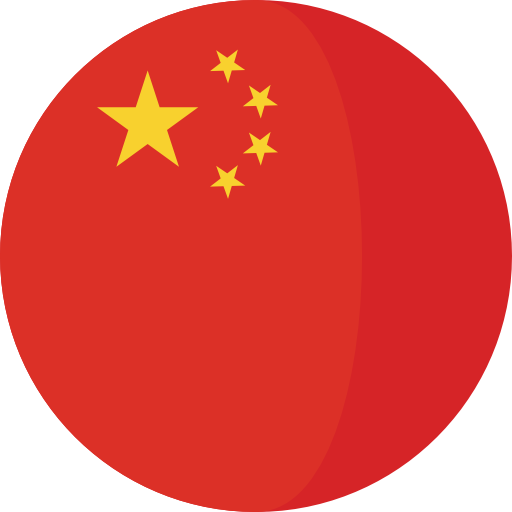
Recently, the Australian government announced that it will abolish import tariffs on nearly 500 items starting from July 1st, marking the most significant unilateral tariff reform since 2000. Concurrently, former U.S. President Trump has claimed that if he is reelected, he will impose a minimum tariff of 60% on all goods from China. However, he also stated that this is not a "trade war" and that he wishes to maintain friendly relations with China.
Customs inspections are an inevitable aspect of the trade environment. Regardless of the will of freight forwarders or sellers, the stringency of customs inspections remains constant. If a container is discarded or cannot be picked up, one can still send an email to complain about the inaction of the shipper/dock. However, there seems to be little point in complaining about the due diligence of customs inspections when faced with them.
Regarding the recent phenomenon of an unusually high rate of customs inspections in the U.S., our vice president had a conversation with the senior management of the customs broker, yielding some valuable insights. Here are some key takeaways:
Behind the Rise in Inspection Rates
After the lifting of pandemic controls, personnel in various positions returned to their offices, and work also resumed normally. The return of personnel is a direct factor in the rise in the inspection rate. Currently, Los Angeles has three inspection sites, and it is said that a fourth one will soon be established. Therefore, compared to before, the inspection rate has increased, and the speed of inspection and release has also slowed down.
Upgrading of Key Category Inspections
The import tax rate for textiles in the U.S. varies greatly depending on the material and style, and is divided into regular and sensitive types. However, this kind of misclassification is also a major target in this round of inspections. Throughout 2023, it has become the norm for U.S. customs to request additional taxes on imported textiles.
Functional Departments with Inspection Rights are also in Action
The CPSC (U.S. Consumer Product Safety Commission) has on-site personnel at the customs inspection site. For goods within its jurisdiction, the CPSC can directly inspect and confiscate. Now, the CPSC's inspections have also been upgraded - no inspection is conducted, and confiscation is done directly based on the product name and past records.
The EPA (U.S. Environmental Protection Agency) is stricter in auditing product names and pictures, so products involving EPA certification need to provide sufficiently clear and complete product pictures. News disclosed by the customs broker indicates that the EPA has very few staff, and the efficiency is slow, so once imported goods trigger an EPA inspection, the entire inspection process will take a very long time.
The high inspection rate of e-commerce goods is typically due to underreporting, suspicion of the real recipient, or the use of a Bond with a bad record. Some of these are determined by the shipper, some are the fault of the freight forwarder, and some are the helpless resistance and compromise under the game of great powers. Especially for cross-border e-commerce goods, legality and compliance are indispensable.








